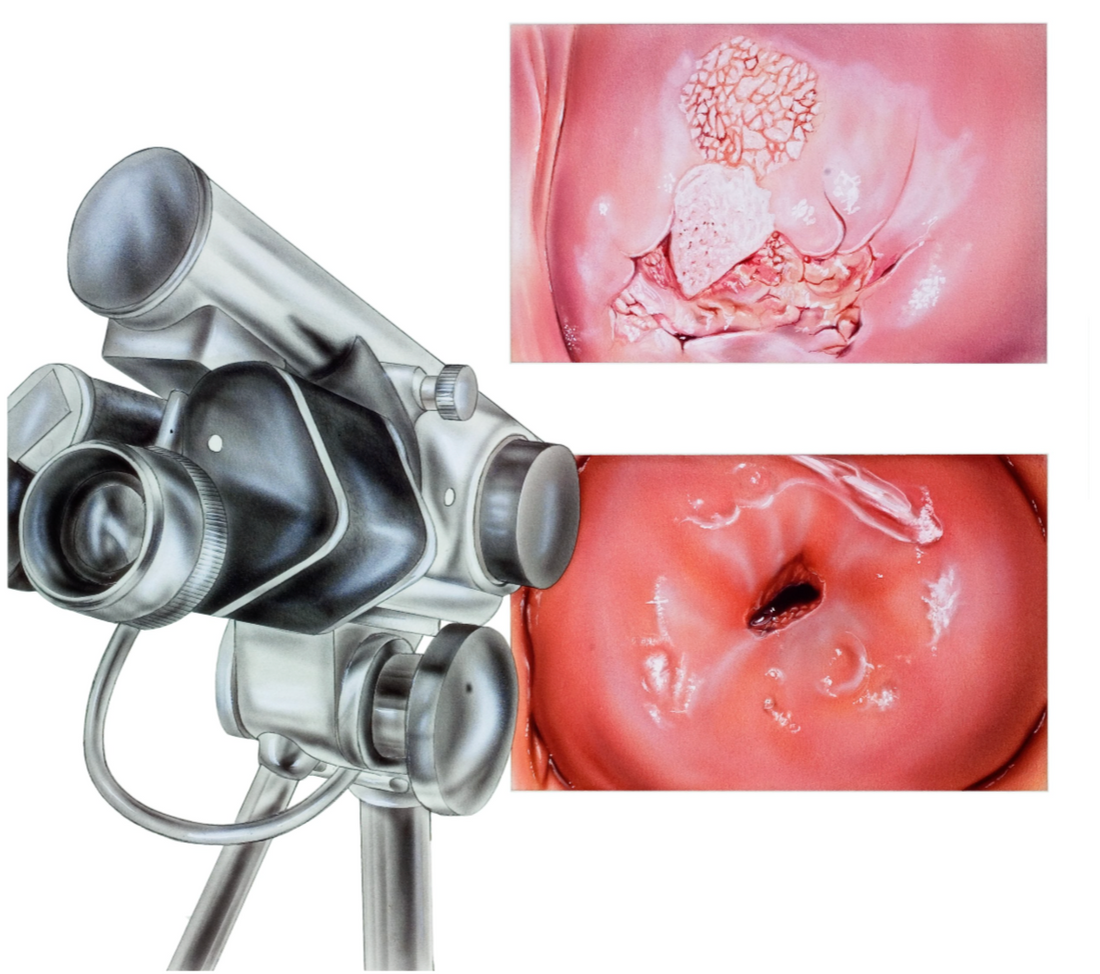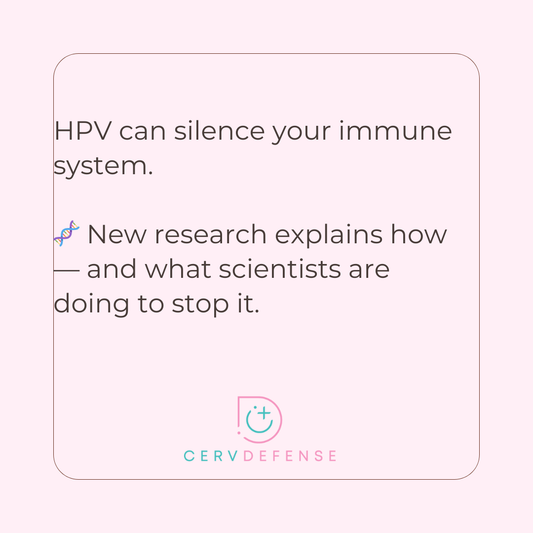
Detection of cervical high-grade squamous intraepithelial lesions and assessing diagnostic performance of colposcopy among women with oncogenic HPV
Share
This study, conducted at Putuo Hospital in Shanghai, China, by Li, X., Xiang, F., Zhao, Y. et al and published in BMC Women's Health, focused on assessing the risk of cervical intraepithelial neoplasia grade 2 or worse (CIN2+) among women with oncogenic (causing the development of tumors) HPV types and evaluating the effectiveness of colposcopy in diagnosing histologic (tissue structure) CIN2+. From February 2020 to December 2022, a cross-sectional survey involved women referred to colposcopy with high-risk (HR) HPV-positive results. Findings revealed that a high-grade colposcopic impression, HSIL + cytology, and HPV16/18 positivity were associated with increased risks of detecting CIN2+. Overall, 14.6% of 2007 women had CIN2+. Notably, HPV16/18 exhibited higher CIN2+ risks than other HR-HPV genotypes. For women with low-grade cytology, the risk for CIN2+ was 24.1%, and HPV16/18 had higher risks than other HR-HPV. Conversely, high-grade cytology showed no significant difference between HPV groups. The study recommends colposcopy referral for women with HR-HPV positivity, emphasizing the importance of colposcopic impressions in identifying CIN2+. The diagnostic performance of colposcopy was comparable between senior and junior colposcopists. Read more here.



